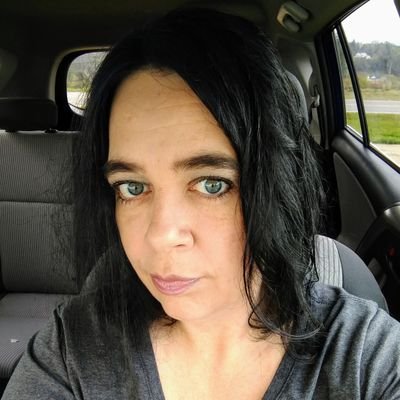
by Michele Kirichanskaya | Apr 13, 2024 | Blog
F.T. Lukens (they/them) is a New York Times bestselling author of YA speculative fiction including the novels Spell Bound, So This Is Ever After and In Deeper Waters (2022 ALA Rainbow Booklist; Junior Library Guild Selection) as well as other science fiction and...
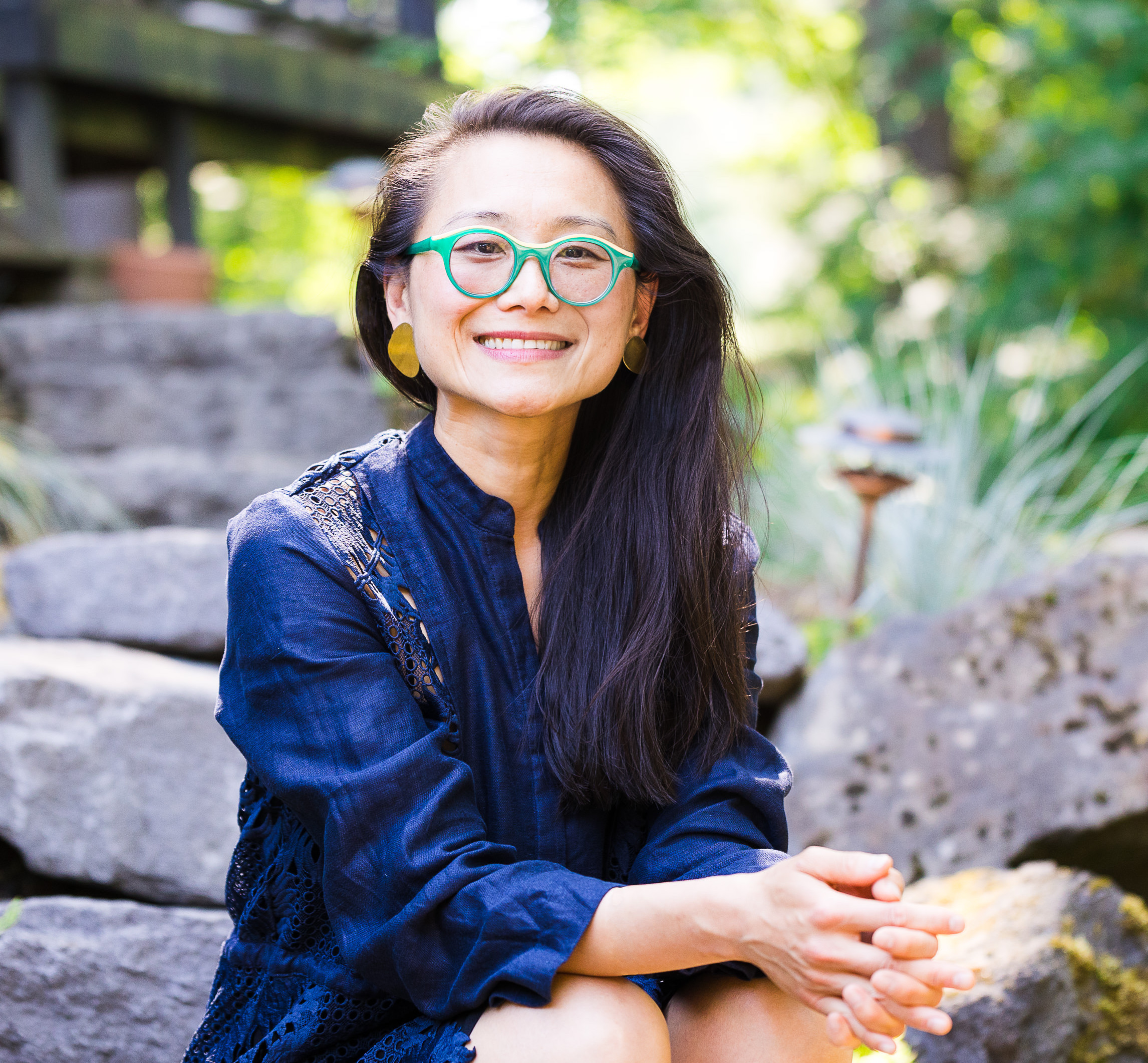
by Michele Kirichanskaya | Apr 10, 2024 | Blog
Dane Liu believes in the power of stories to affirm, transport, and transform. Her debut for young readers FRIENDS ARE FRIENDS, FOREVER is a Junior Library Guild Gold Standard Selection, a Kids Indie Next Pick, and a Best Book of the Year from the Bulletin of the...
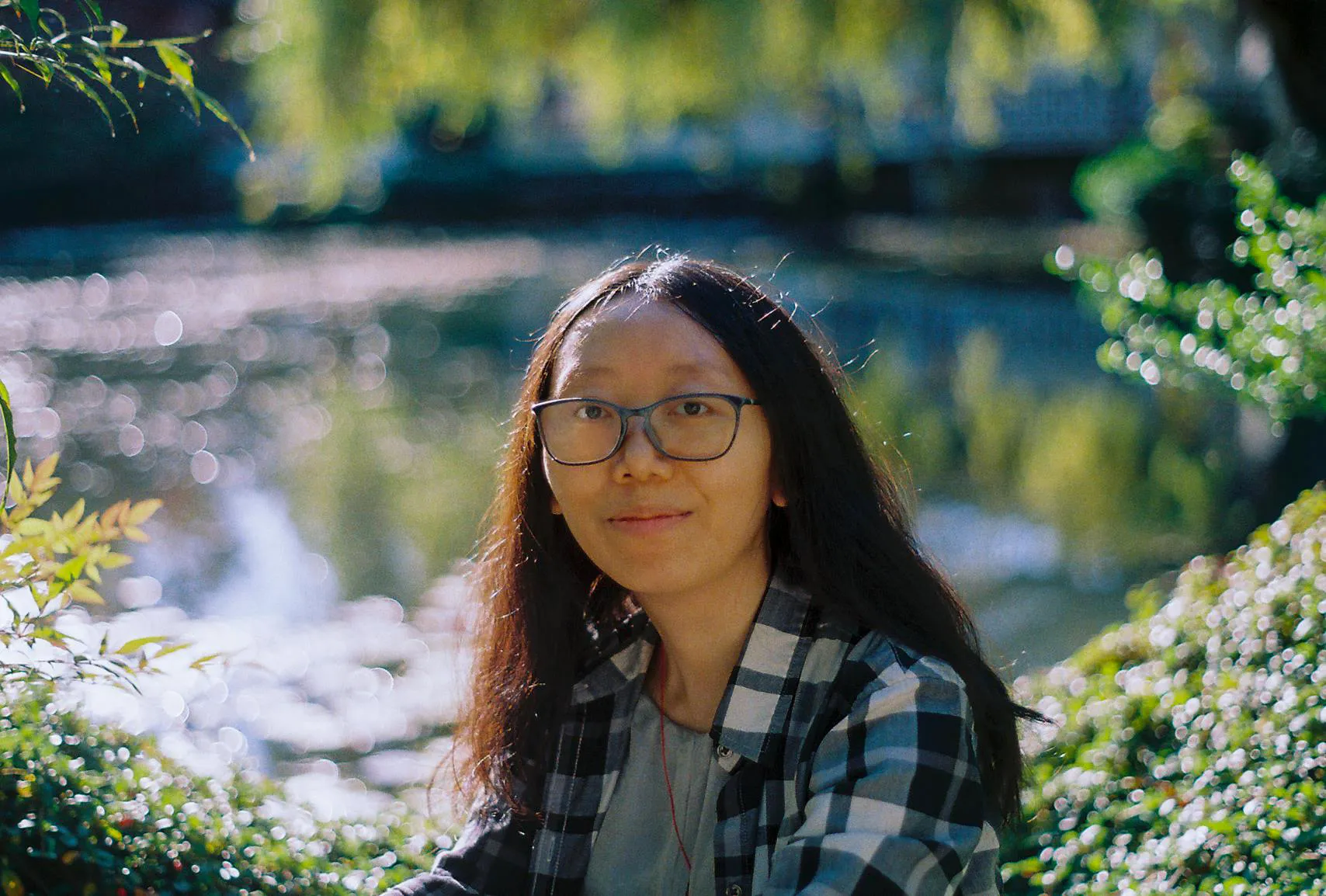
by Michele Kirichanskaya | Apr 5, 2024 | Blog
YILIN WANG 王艺霖 (she/they) is a writer, a poet, and Chinese-English translator. Her writing has appeared in Clarkesworld, Fantasy Magazine, The Malahat Review, Grain, CV2, The Ex-Puritan, The Toronto Star, The Tyee, Words Without Borders, and elsewhere. She is the...
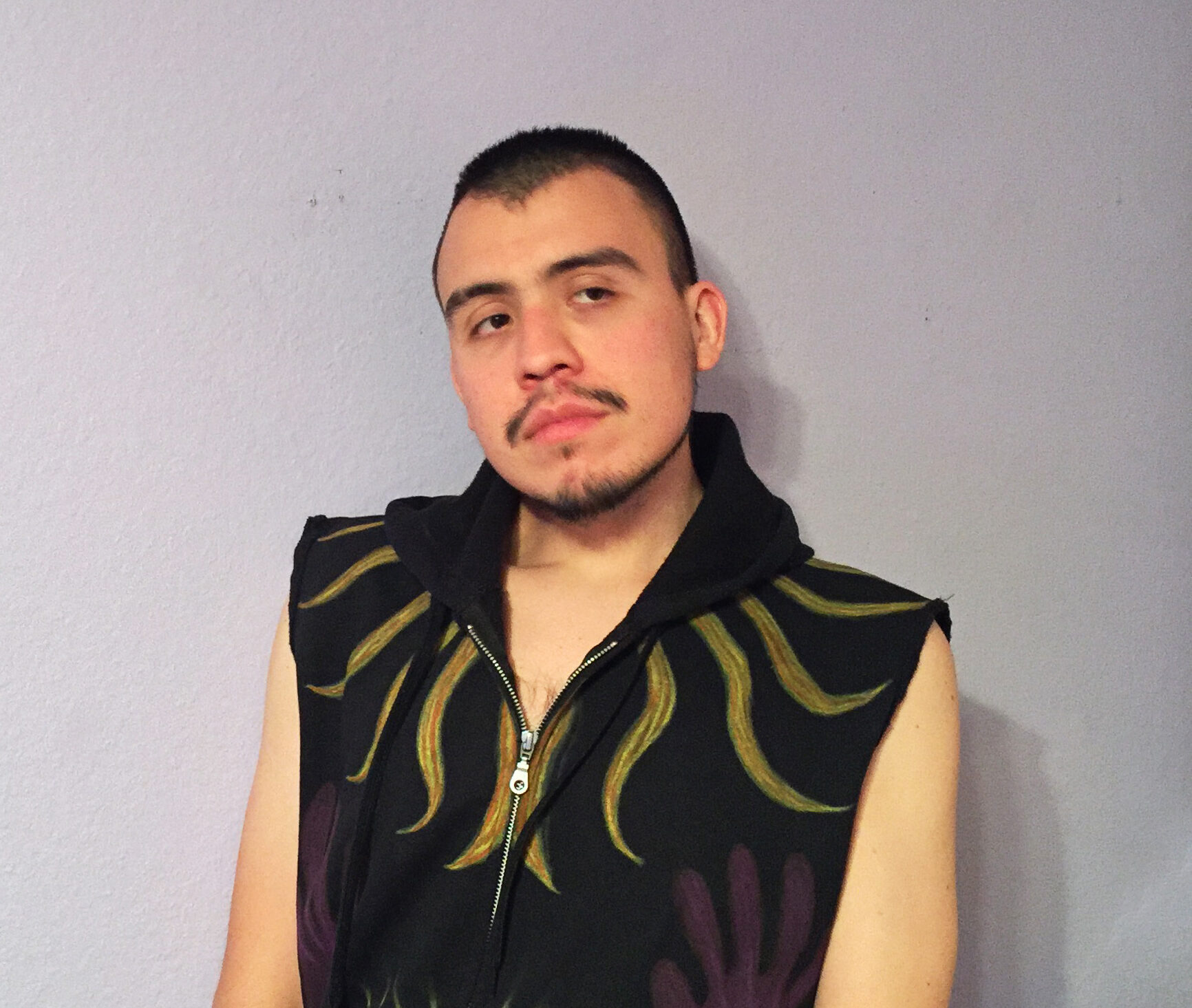
by Michele Kirichanskaya | Apr 1, 2024 | Blog
Michael Paramo is a Xicanx researcher, writer, poet, and artist born and raised in the suburbs of southern California (on Tongva land) in a Mexican-American family. They created AZE in 2016, a platform that publishes the writing and artwork of asexual, aromantic, and...
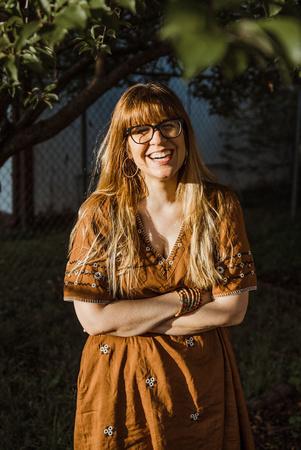
by Michele Kirichanskaya | Mar 28, 2024 | Blog
Ali Hazelwood is the New York Times bestselling author of The Love Hypothesis as well as a writer of peer-reviewed articles about brain science, in which no one makes out and the ever after is not always happy. Originally from Italy, she lived in Germany and Japan...






